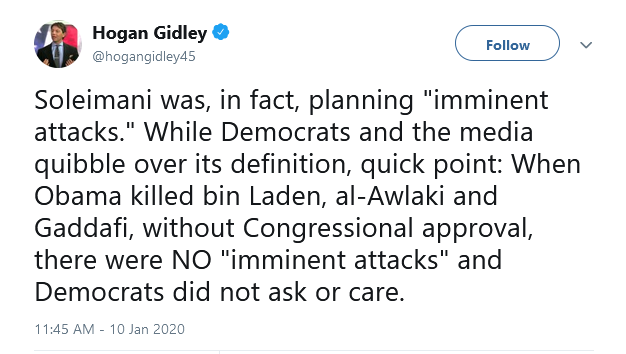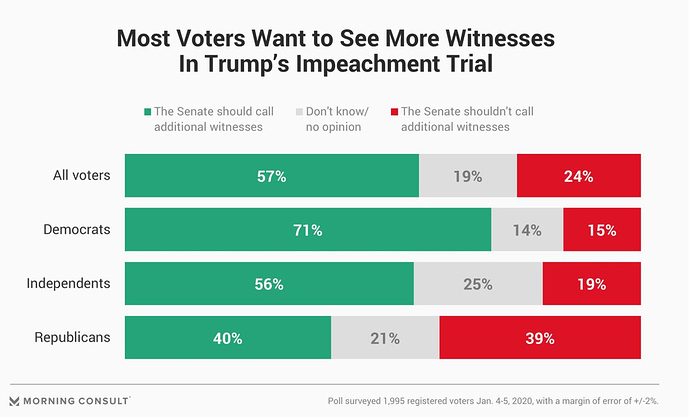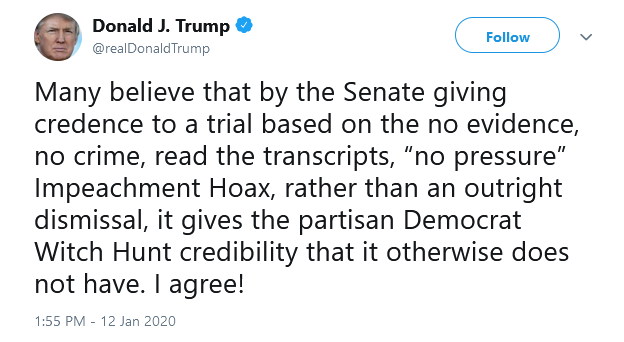‘We’ve Upped the Ante.’ Why Nancy Pelosi Is Going All in Against Trump
On Dec. 17, the night before the full House would debate and vote on Trump’s impeachment, Pelosi met behind closed doors with top caucus members on the Democratic Steering and Policy Committee. She hinted, for the first time, that she was contemplating a curveball: declining to immediately transmit the impeachment articles to the Senate after the House passed them. “The rule empowers the Speaker to be able to decide how to send the articles and when to send the articles over to the Senate,” she said, according to an aide who was in the room. “My view is we don’t know enough about what they are going to do. We want to see what [is] their level of fairness and openness and the rest.”
Pelosi, according to an aide, had been mulling the tactic since she heard former Nixon White House counsel John Dean float the idea on CNN on Dec. 5. In the committee meeting, she added that she believed McConnell would be motivated to move. “Somebody said to me today that he may not even take up what we send. [But] then [Trump] will never be vindicated,” she said, according to the aide in the room. “He will be impeached forever. Forever. No matter what the Senate does.”
The following day, Pelosi presided over the floor vote on impeachment, wearing a striking black suit to project solemnity, accessorized with a large gold brooch of the Mace of the Republic, a symbol of the House. When scattered cheers broke out inside the chamber after the first article was approved, she sternly and silently shushed them with a glare and a sharp gesture. After the vote, she announced that she did not plan to transmit the articles right away, saying she could not determine how to appoint House impeachment managers until the Senate decides on its rules for the trial.
McConnell has mocked the idea that Pelosi or Schumer can shape the Senate trial to their liking. But he’s also said he won’t start it until Pelosi sends the articles, and it’s clear from Trump’s tweets and statements that the unresolved situation bothers him. Moreover, the delay is allowing facts to emerge. Over the two-week holiday break, newly unredacted emails showed Pentagon officials worrying about the legality of Trump’s effort to withhold military aid from Ukraine. And on Jan. 6, former National Security Adviser John Bolton, potentially a key witness to Trump’s alleged actions toward Ukraine, announced he would testify before the Senate if subpoenaed. On Jan. 7, McConnell announced that he had enough Republican votes to begin the trial, and Democrats in both chambers appeared to be getting restless–but still Pelosi refused to budge.
The gambit is reminiscent of another Pelosi maneuver designed to exploit Trump’s insecurities. Pelosi retook the speakership a year ago amid a government shutdown triggered by Trump’s demand for border-wall funding. She refused to negotiate on the matter until the government reopened. As the stalemate dragged on, Pelosi seized on an unexpected source of leverage: she postponed Trump’s State of the Union address to Congress, knowing that he prized it as a televised set piece showcasing his power.
Then she stubbornly waited out her adversary. “The President tried to break us in January [2019] by throwing us into a government shutdown at the same time we were transitioning into the majority,” says Hakeem Jeffries, a Democratic Congressman from New York who serves as caucus chairman. “We held together, and instead of breaking us, we broke him. It ended in unconditional surrender.”






 Interesting times. The cynic in me says we’ll never see witnesses during the the Senate trial, and then along comes an article like this that offers just a little glimmer of hope. Could this all be posturing by vulnerable Republican Senators just to give the appearance of being fair (à la the Kavanaugh “investigation”)? We’ll find out soon!
Interesting times. The cynic in me says we’ll never see witnesses during the the Senate trial, and then along comes an article like this that offers just a little glimmer of hope. Could this all be posturing by vulnerable Republican Senators just to give the appearance of being fair (à la the Kavanaugh “investigation”)? We’ll find out soon! But is if it drops back down to three, it’s my understanding that Chief Justice Roberts will break tie votes during the trial.
But is if it drops back down to three, it’s my understanding that Chief Justice Roberts will break tie votes during the trial.